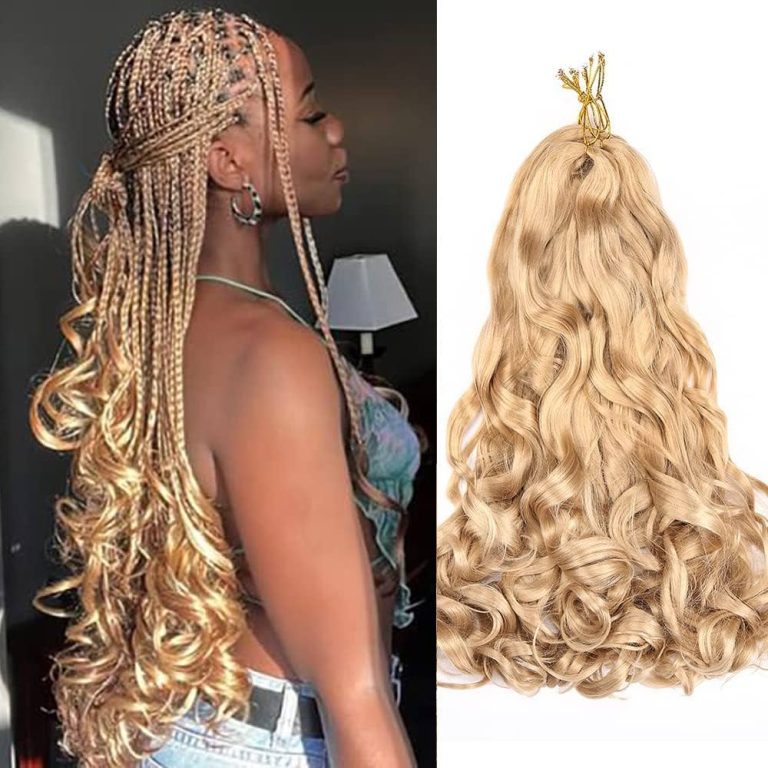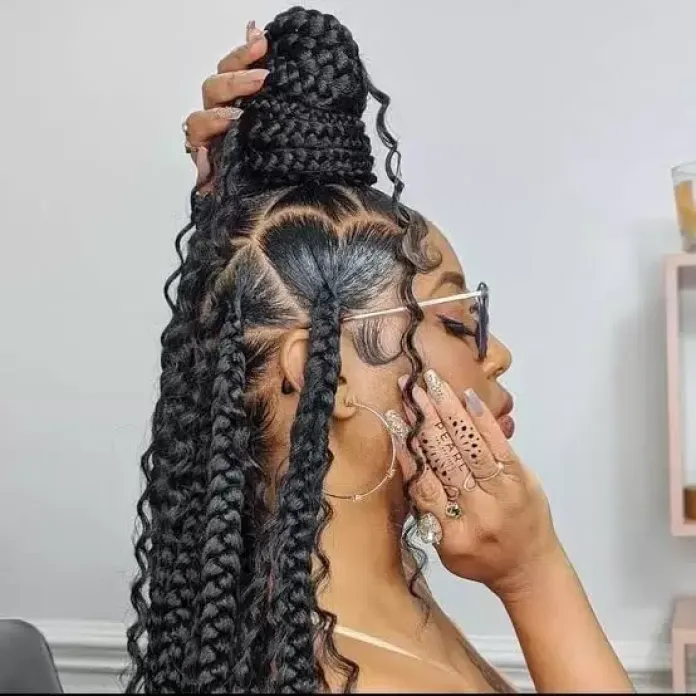
Braiding Hair
The Intricate Art of Hair Braiding
Braiding hair represents an incredibly intricate and artistic skill. Woven strands sculpted into complex patterns captivate visually. Hair braiding boasts a rich cultural heritage too. This time-honored tradition transcends eras while constantly evolving creatively.
Braids Throughout the Ages
Archaeologists discovered braided hair woven into ancient Peruvian textiles dated 3500 BC. These elaborately woven patterns showcased advanced techniques for the era. Braiding clearly emerged as an artform early in humanity’s history.
Ancient Celts braided their floor-length locks intricately. The distinct woven signature styles denoted Celtic clans’ different tribes and ranks. For many cultures, braid motifs symbolized ethnicity, age, marital status, and wealth purposefully.
During the early 1800s, Europeans developed a fascination with traditional African braids. The artistry and craftsmanship exhibited mesmerized the Western world. Braiding’s popularity soon exploded globally in appreciation of its beauty.
The Technical Mastery of Braids
Skilled braiders command profound dexterity and focus executing perfect plaits. Each hairstyle requires dividing hair into numerous sections systematically first. Braiders then weave these separate portions together meticulously in specific underhand overlapping patterns.
Working clean parts keeps sections tidy from root to end. Managing tension proves crucial too. Every segment requires securing neither too taut nor too loose. Uneven tension instantly creates lumpy irregular braid shapes.
As braiders cross wefts, they incorporate decorative accents creatively. Ribbons, beads, cuffs and threads become beautifully woven ornamentations. These embellishments visually punctuate otherwise minimalist braids exquisitely.
Time and practice build up the endurance braiding commands. Fingers must continually manipulate strands throughout the entire installation process methodically. Executing flawlessly smooth plaits requires extensive deft work without breaks. Braiding undoubtedly represents an elite skill deserving of respect.
Finding Your Ideal Braid Style
Certain braid patterns prove universally flattering on all face shapes. Others look particularly breathtaking designed specifically for various profiles though. Matching each client’s unique bone structure and features optimizes any braid’s beautifying effects splendidly.
High crown braids sculpted perpendicularly across the hairline enhance delicate jaw lines magnificently. Circular coiled braids wrapped around the crown elongate short forehead proportions gracefully. Intricate goddess braids accentuate regal cheekbones and brow arches elegantly.
Hair type and texture determine what braiding works best too. Finer strands suit sleek minimalist plaits that showcase shine and movement. Thicker coarser textures own ornate dimensional styles with maximum body and volume.
Braids secure advantages across different hair lengths as well. Chic chignons and updos blossom beautifully from lengthy braiding. Medium length tresses transform into face-framing waterfall or crown braids. Petite braids and micro braids solve short hair styling effortlessly.
And of course, occasion influences braid selections vitally too. Ultra embellished elaborate braids feel perfect for formal events like weddings. Casual weekday styles lean more boho and free-flowing. Easy activity braids keep active types coolly tamed during workouts.
Braid Mastery Fundamentals
Braiding requires incredible hand dexterity and considerable practice to achieve expertise. Braiders must maintain evenness constantly while dividing sections cleanly. Then strands get woven under and over seamlessly in fluid systematic motions.
Braid rookies should start by mastering fundamental basics:
- Separate hair into manageable segments
- Secure segments properly without overtightening
- Develop the underhand over-overlapping weaving rhythm
- Maintain equal tension throughout lengths
- Keep weave patterns uniform and structured
- End with a smooth cleanly braided finish
Traditional three-strand plaits provide an excellent introduction technique. Their simplicity builds skill foundations like dividing sections uniformly and hand motions. From here, learners graduate to fancier braiding patterns incrementally.
Hand positioning aids tremendously in braiding efficiently too. Positioning fingers splayed helps manage strands smoothly through the underhand motion sequence. Arched wrists minimize undue tugging and unnecessary drag. Holding hair in cusped palms establishes ideal control and tensioning.

Caring for Braids Properly
With meticulous maintenance, intricate braided hairstyles retain their integrity for weeks. Neglecting basic braid upkeep leads to premature frizzing and unraveling quickly. Braiders provide clients with specific care guidelines to preserve their amazing work.
First, braids require a completely dry foundation to stay pristine longest. Any dampness causes unwanted frizz between woven hair sections. Covering braids with satin accessories prevents excess moisture exposure from sweat or humidity.
Next, protect braids nightly with breathable satin scrunchies or bonnet wraps. This cushions the braids against harsh friction tugging or snagging risks while sleeping. Each morning, use moisturizing foams or sheens to smoothly refresh flyaways on the scalp as needed.
Build consistent conditioning treatments into braid maintenance routines as well. Weekly deep conditioning treatments nourish thirsty strands trapped within long-term braided styles. Moisturized flexible hair withstands continual tension stresses optimally.
Even with perfect haircare, braids sometimes loosen over time. When needed, tightening sessions at the salon restore a sculpted polished appearance. Simply covering fuzzy areas with micro braids can extend elaborate hairstyles’ lifespan affordably too.

The Infinite Braid Style Possibilities
Exquisite braid patterns span seamlessly across cultures while integrating modern interpretations constantly. Exploring varied braid traditions globally unveils an infinite design repertoire. These iconic styles showcase braiding’s full artistry brilliantly:
Box braids feature durable woven box-shaped subdivisions assembled all over the scalp. Known for extreme longevity, these braids remain a traditional African staple globally. They build into countless updos, bobs or free-flowing lengths seamlessly too.
Fulani braids originate from the Fulani ethnic group of Africa. These striking sculptural styles incorporate peaked cone-shaped upright braids around the perimeter. Skilled braiders ingeniously integrate cowrie shells and beads into the detailed geometric latticework.
Originating in North Africa, Gretna plaits consist of looping Y-shaped woven patterns. These ornate braided halos orbit the head into crowning braid updos. Once installed, the dainty yet complex woven circlets look mesmerizingly intricate from every angle.
Dutch braids incorporate a unique underhand weaving technique versus traditional overlapping. The braider continually crosses outer wefts under inner sections to build the braid up against the scalp’s surface. This produces a smooth raised braid effect highlighted gorgeously against contrasting lengths.
The possibilities for braid versatility and customization prove endlessly expansive! From delicate tendriled loops to massive sculptural installations, the braiding’s creative diversity constantly amazes.
Overall, braided hairstyling represents the epitome of fiber artwork. Every plait blooms as an intricately woven masterpiece sketched across the scalp. The braid patterns emanate craftsmanship, culture and individuality harmoniously intertwined into timeless visuals. Hair braiding exemplifies the ultimate expression of textured design elegance.



